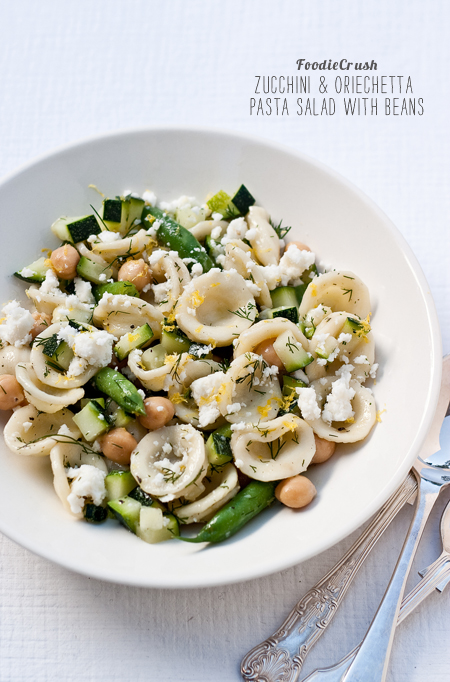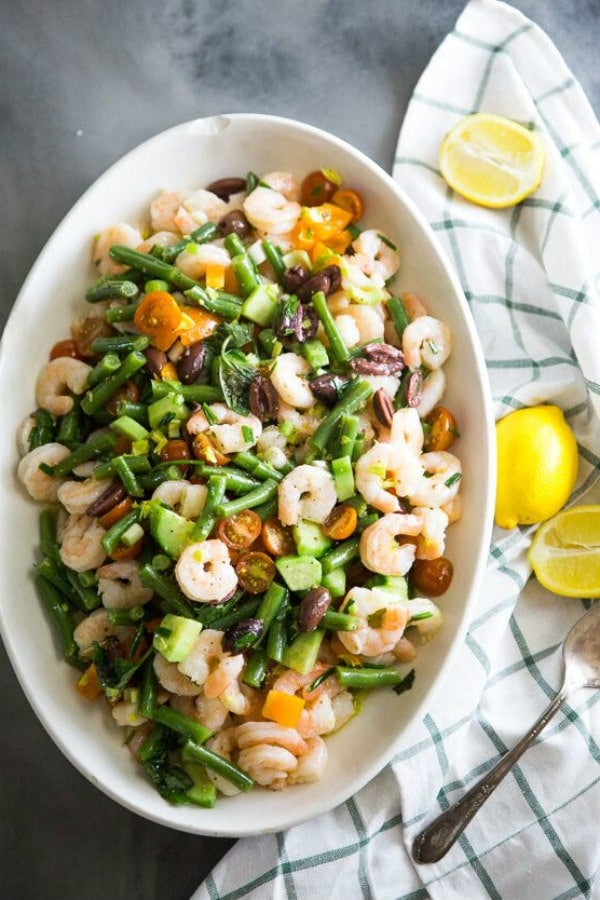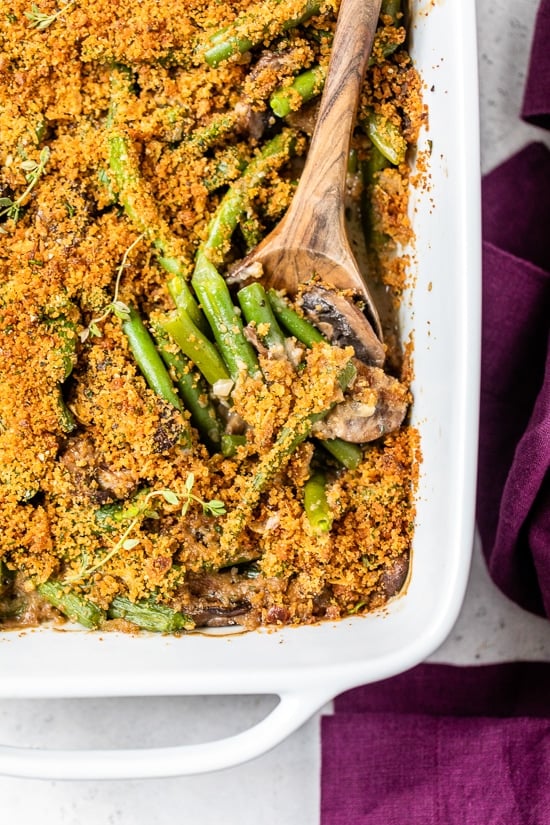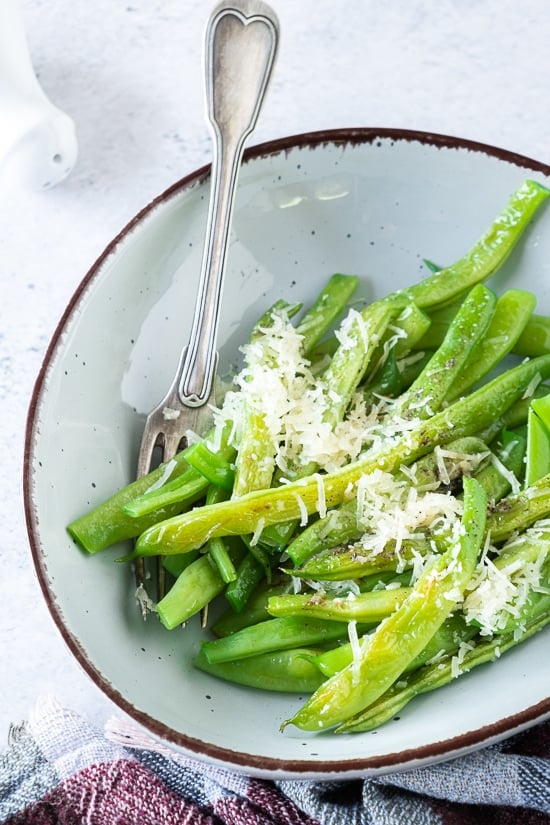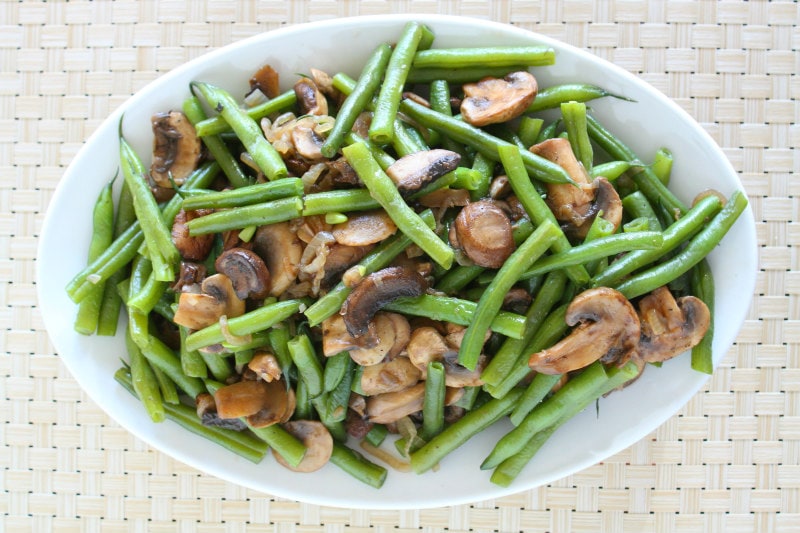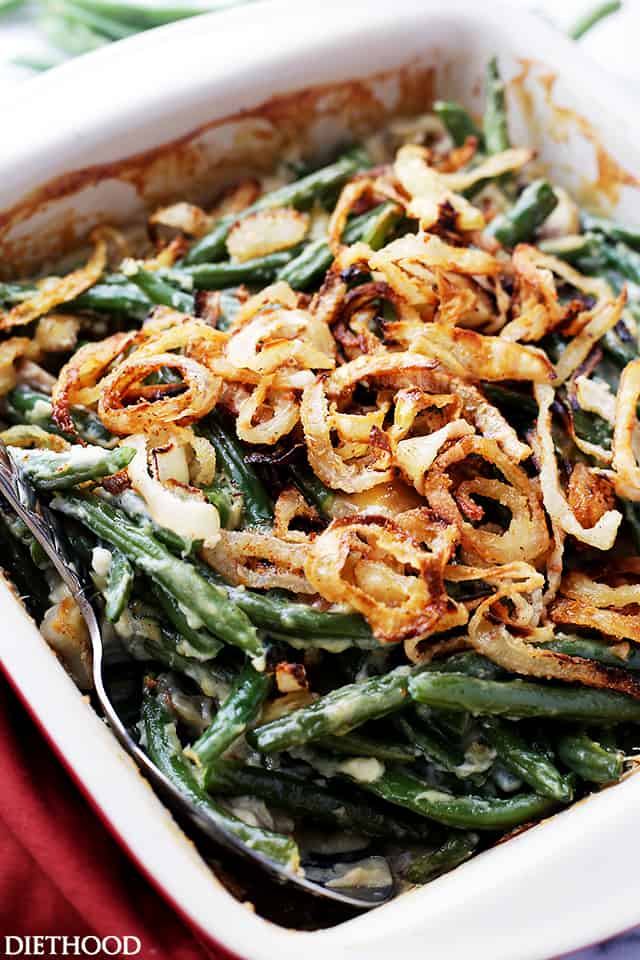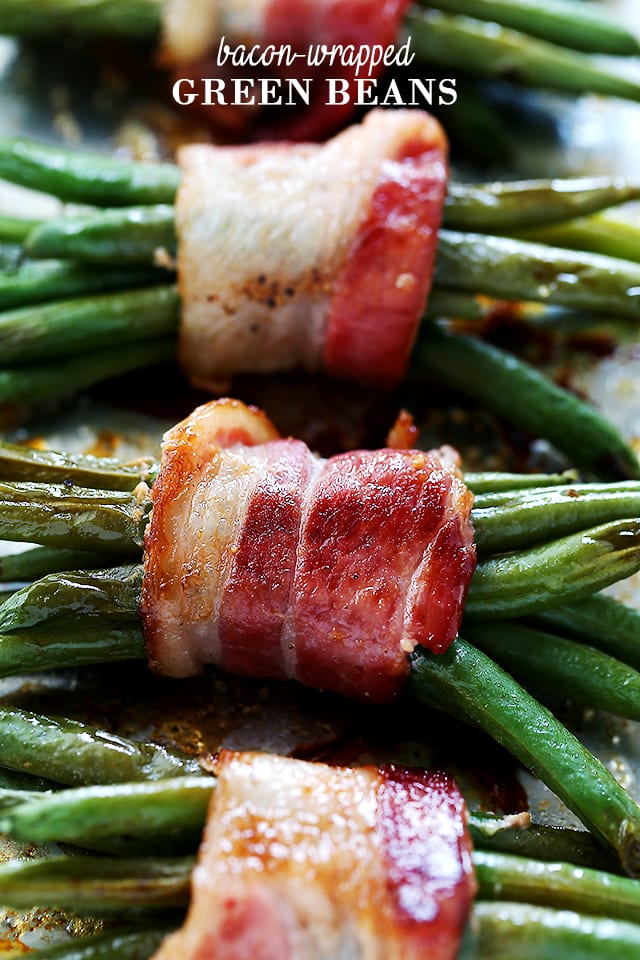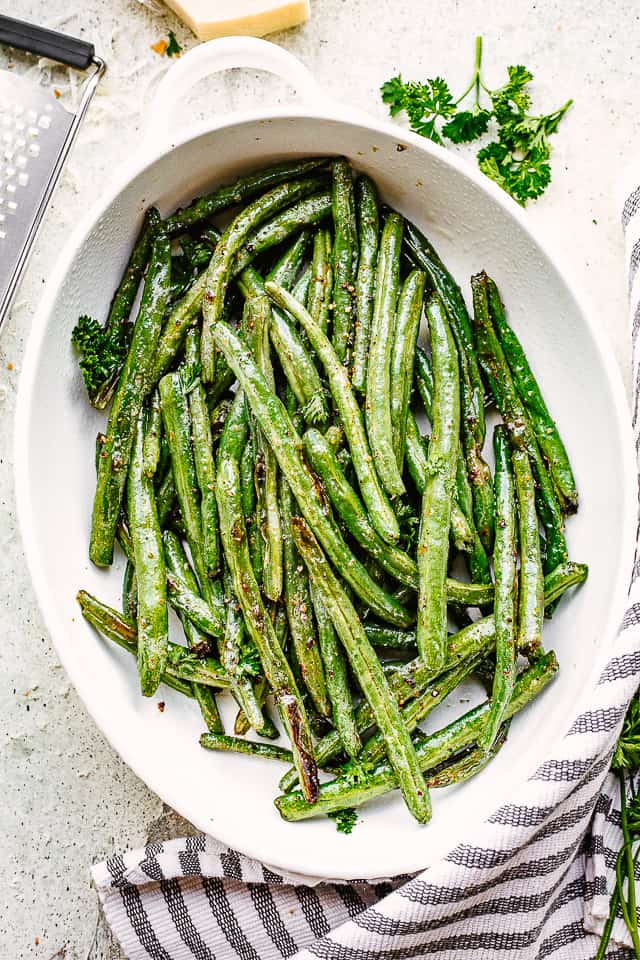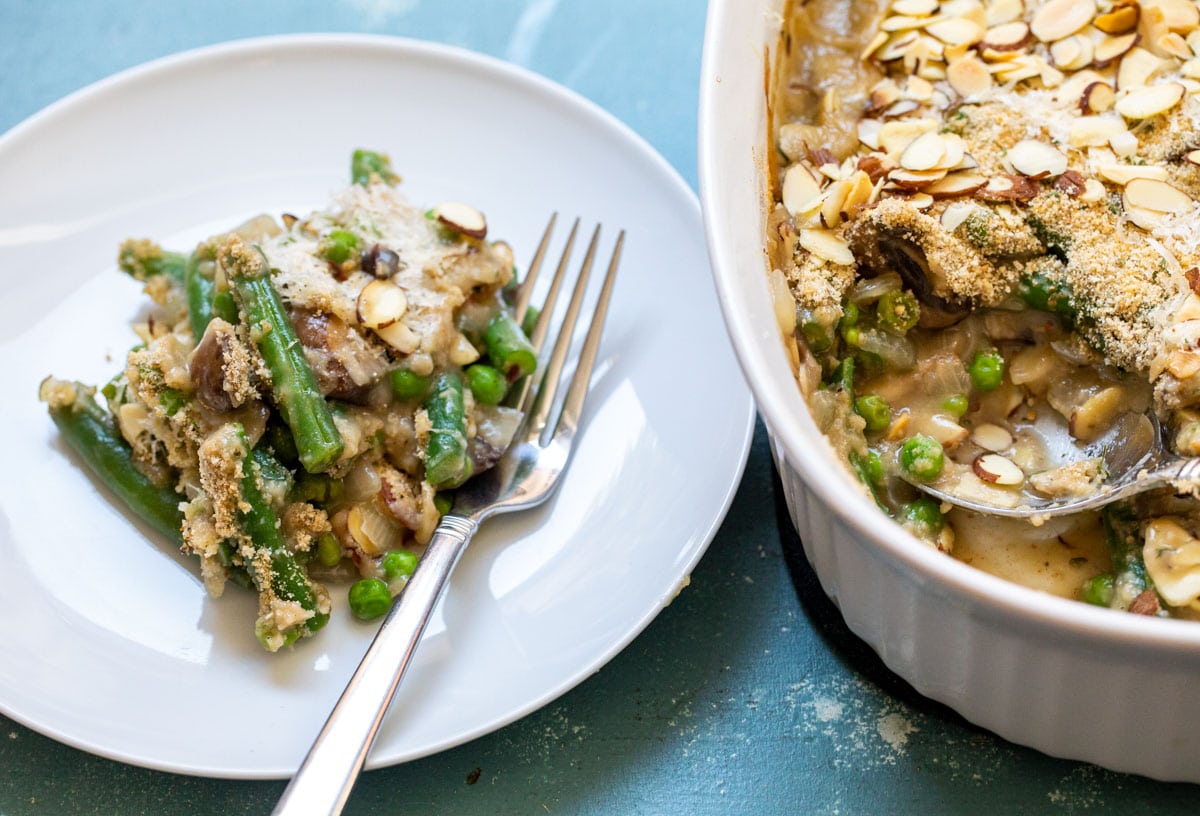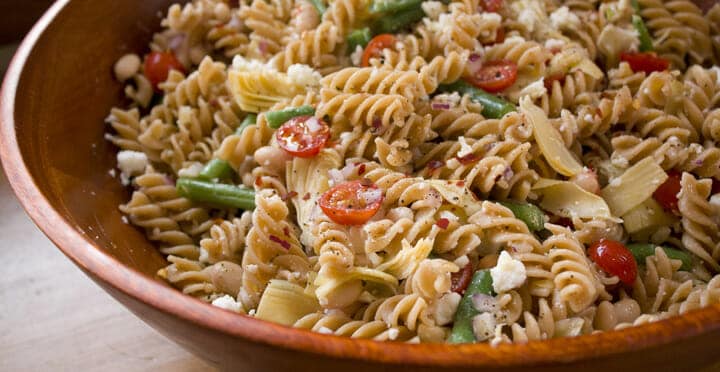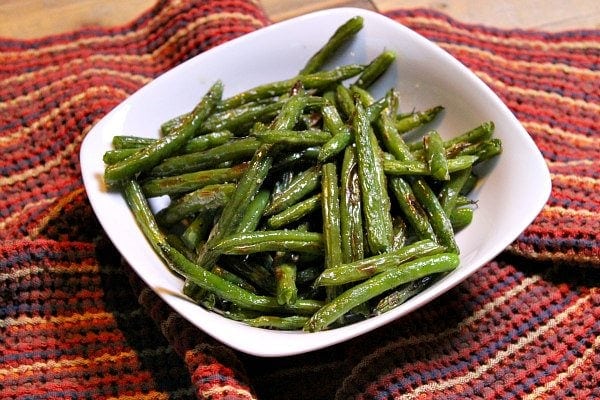Green Beans: Important Facts, Health Benefits, and Recipes
Explore the health benefits, history, and culinary uses of green beans in our ultimate guide, and learn how to incorporate this nutritious powerhouse into your diet.
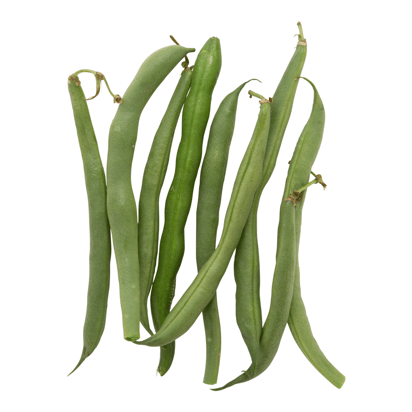
Best Green Beans Recipes
-

-
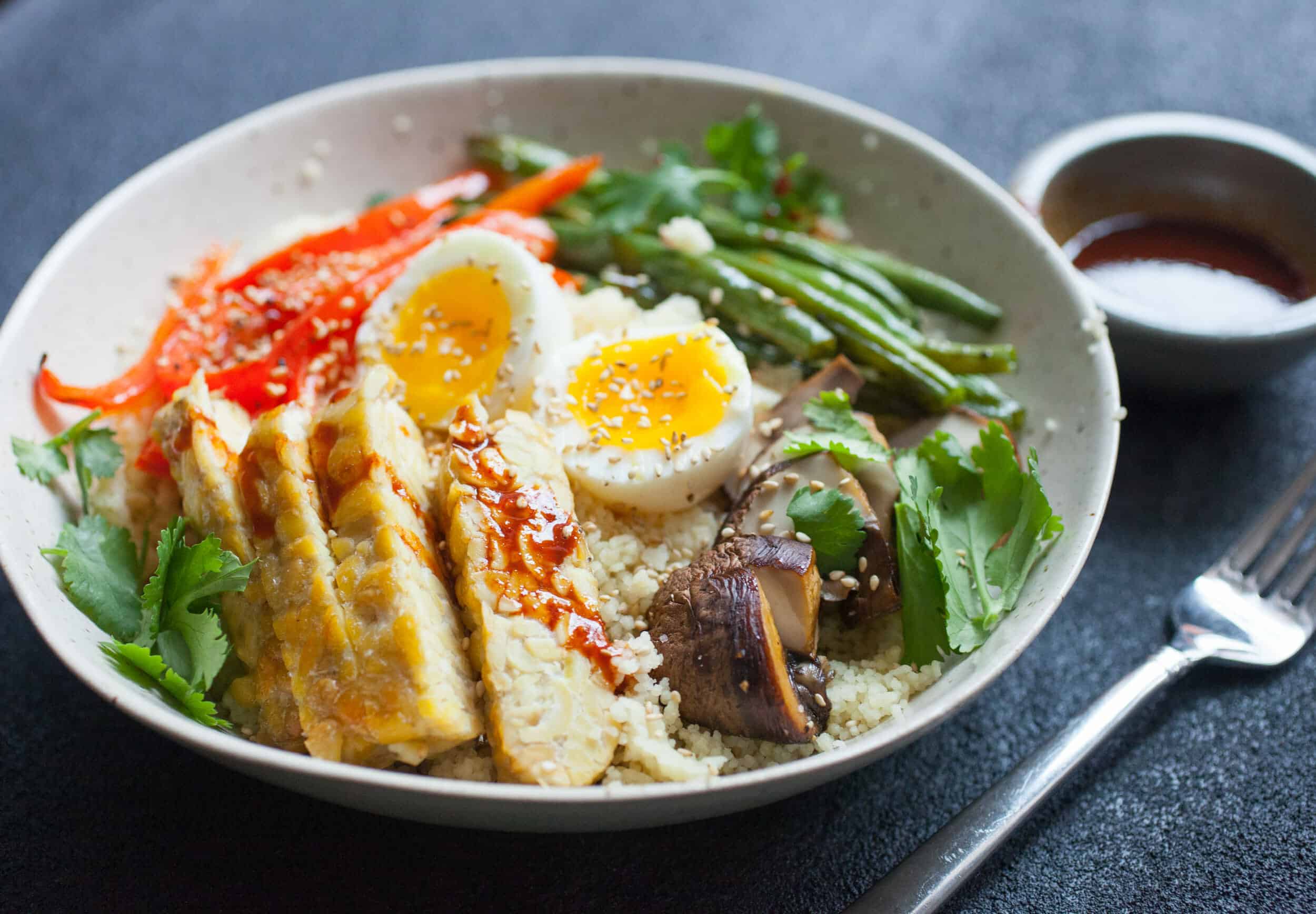
-
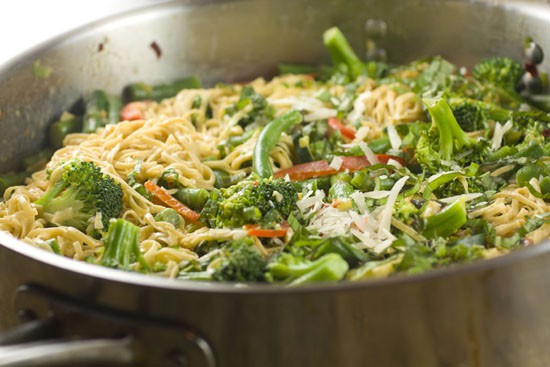
-
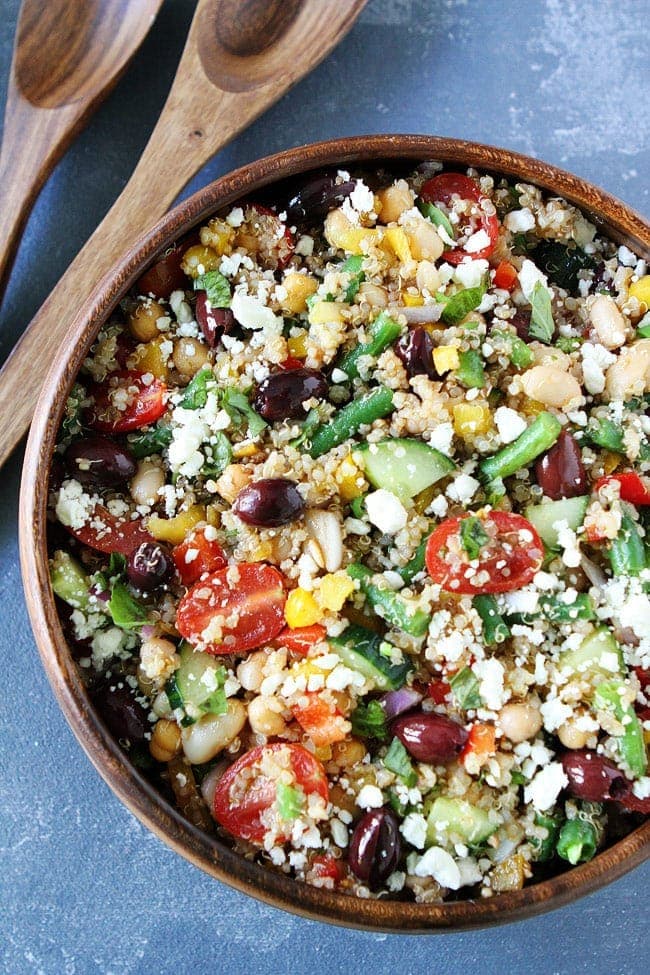
-
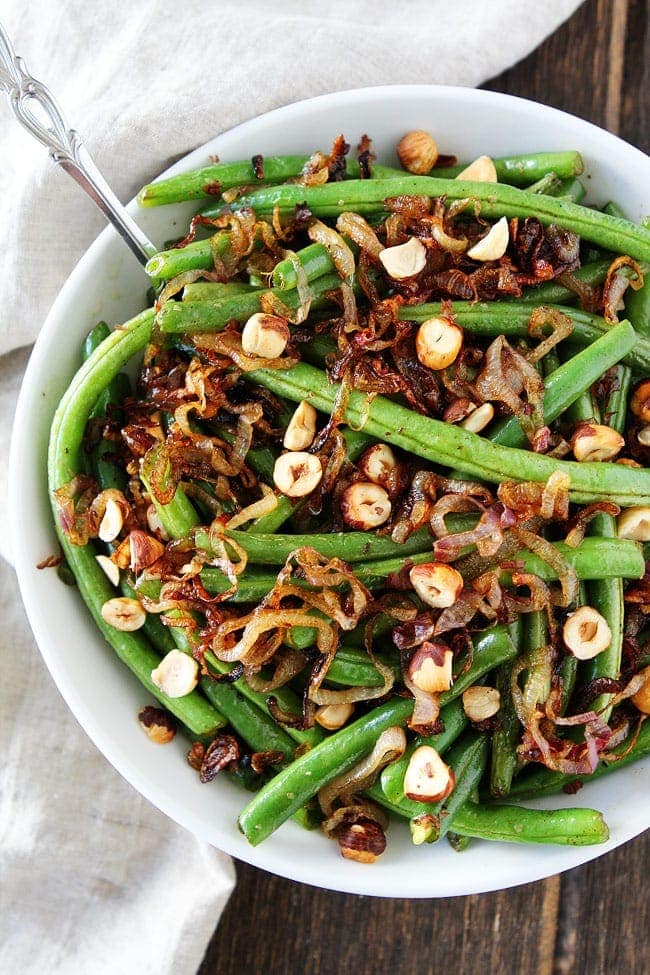
-
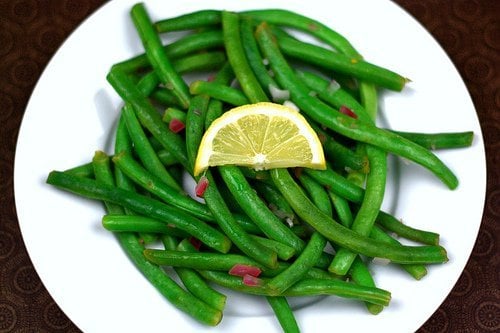
-

-

-
![Dilly Bean Recipe Image]()
-
![Chicken Nicoise Pasta Salad Image]()
-
![Pancetta and Hazelnut Green Beans Image]()
-
![Green Beans with Shiitake Mushrooms Image]()
-
![Zucchini and Dill Pasta Salad Image]()
-
![Crispy Chicken Schnitzel Image]()
-
![Shrimp and Vegetable Salad Image]()
-
![Lightened Up Green Bean Casserole with Shallot Crumb Topping Image]()
-
![Roasted Parmesan Green Beans Image]()
-
![Crock Pot Green Bean Casserole Image]()
-
![Chili Dilly Beans Image]()
-
![Green Beans with Mushrooms and Shallots Image]()
-
![Easy Chinese Hot Pot Image]()
-
![Sheet Pan Andouille Sausage with Potatoes and Veggies Image]()
-
![Honey Garlic Chicken and Vegetables Rollups Image]()
-
![Lemon Butter Green Beans Image]()
-
![Green Beans and Tomatoes Recipe Image]()
-
![Lightened-Up Creamy Green Bean Casserole Image]()
-
![Bacon-Wrapped Green Beans Image]()
-
![Easy Roasted Green Beans Image]()
-
![Green Bean Casserole from Scratch Image]()
-
![Jerk Seasoned Tempeh Image]()
-
![Spring Pasta Salad Image]()
-
![Technicolor Bean Salad Image]()
-
![Simple Skillet Green Beans Image]()
-
![Farmer John Pesto Garden Salad Image]()
-
![Pasta Primavera Image]()
-
![Spring Crispy Gnocchi Salad Image]()
-
![Poached Prawn Crudite Platter Image]()
-
![Healthy Cheese Board Recipe Image]()
-
![Roasted Lemon Salmon with Green Beans Image]()
-
![Cashew Green Beans with Orange Zest Image]()
-
![Salmon Nicoise Salad Image]()
-
![Onion Shallot Bacon Green Bean Recipe Image]()
-
![Green Bean Bacon Casserole with Fried Shallots Image]()
-
![Quick Pickled Veggies Image]()
-
![Salmon Panzanella Salad Image]()
-
![Green Bean Dippers with Fig Pumpkin Seed Sauce Image]()
-
![Oven Roasted Green Beans Image]()
-
![Lemon Chicken with Green Beans and Mushrooms Image]()






